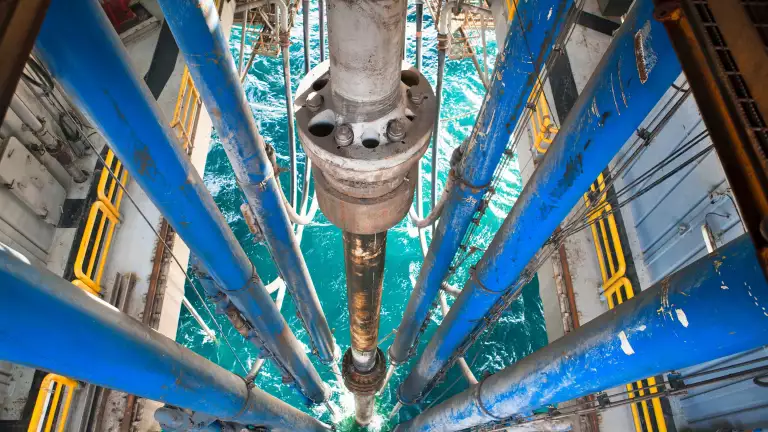Right now, the International Energy Agency (IEA) is predicting global demand for oil will peak before 2030. It also forecasts a supply glut by that time.
The So What
There are differing views on when peak oil will be reached. Several other organizations have peak demand at 2030, though forecasts that do not reach net zero by 2050 generally have dates further out.
However, “focusing on the precise date of peak demand often overshadows the critical issue of what happens afterwards”, says BCG Managing Director and Senior Partner Maurice Berns , who chairs the firm’s Center for Energy Impact .
“It’s the shape of the curve once the peak has passed that will have most impact on business decisions.”
“In addition, what matters more than the aggregate peak are the peaks by region and by fuel type, which will determine the economic viability of businesses such as refineries and retailers.”
For example:
- European gasoline and diesel have already peaked (1993 and 2006 respectively). And the broader uptake of EVs in the US could mean US gasoline demand never reaches pre-COVID levels, which is encouraging exports of the fuel to other regions. While refineries have some flexibility to adjust outputs, overall profitability depends on throughput.
- A focus on reducing flying by some individuals and organizations could also prompt a decline in jet fuel. Jet was the last fuel to date to recover from the declines wrought by COVID, but showed strong growth in 2023, up 10.5% in the OECD, and 28.7% in non-OECD countries, according to the Energy Institute .
- At present, it is likely that one of the middle distillates (diesel, gasoil, jet, kerosine) will be among the last petroleum products to decline, with the first being fuel oil, which peaked in the mid 1990s.
Now What
These are some of the key signposts to look for when considering different scenarios for oil demand:
The Rate of Decline in OECD Countries. The key question is whether demand for oil in developed countries is broadly flat once it has peaked, or, if it keeps falling, at what pace. Coal, for example, hit a plateau after its 2014 peak, and rose again in 2021 due to energy supply disruptions. It’s possible that demand for oil can hover at near peak levels for years depending on the nature of policies and incentives. The IEA’s forecast is based on the implementation of proposed policies, but the will to implement them may shift with a change in political leadership—or even without. The UK, for example, recently delayed its ban on new diesel and petrol cars from 2030 to 2035, while New York City unexpectedly paused its planned congestion charge that was due to begin in June.
A Slowdown in the Growth Among Non-OECD Countries. Uptake of hydrocarbons in these domestic economies is influenced by many factors including the strength of the economy, population growth, and the country’s own position toward alternative energy sources such as nuclear or wind. China is most likely to lead a slowdown in growth in demand for oil, due to its declining population, and high EV penetration. For now, oil demand in the country continues to rise rapidly.
These factors will also come into play:
- Emerging Energy Demand. Jet fuel, a difficult to replace fuel, is likely to see continued strong growth, particularly in emerging economies. Alternatives are difficult to source and scale, and while this fuel makes up just over 7% of global demand, it will likely exhibit ongoing demand growth.
- The Rate of the Renewable Rollout. Global energy demand continues to rise. Oil is in decline for power generation because of greater efficiencies and alternative energy sources. As more renewable power is made available, as well as greater efficiency, oil will eventually largely exit power generation except in emergencies and other edge cases.
- Energy Efficiency. While global GDP has almost tripled since 1990, the energy intensity of GDP has decreased by 34%+ . As technology continues to advance, efficiency will also increase. While a lot of focus is on the shift towards EVs, which are much more efficient than internal combustion engines (ICEs), ICEs themselves have become more efficient over time. Many of the energy efficiencies to date have been achieved by mature economies. There is much potential for further efficiencies among developing nations.
- The Impact of Economics. This includes Jevons Paradox, which states that falling costs increase demand for that good. In this case, the drop in demand for oil could lead to a rapid fall in prices which could then prompt more demand. In addition, a mismatch between forecasts in oil demand and reality could lead to price volatility due to a lack of spare capacity.
With thanks to Jamie Webster for his contribution to this piece.




